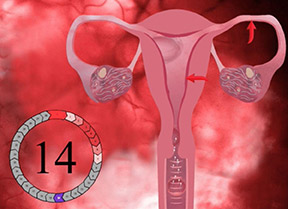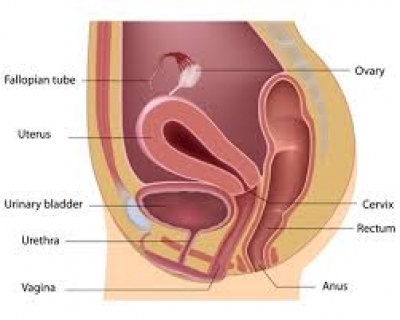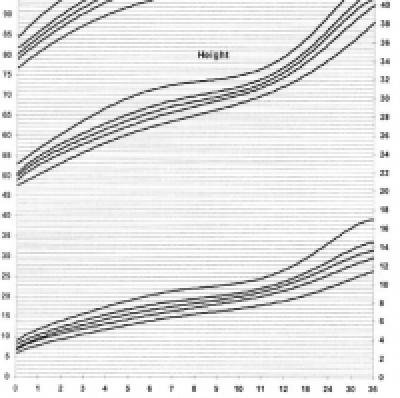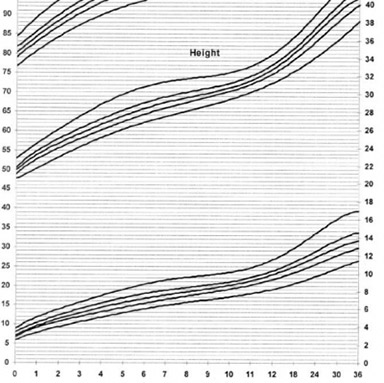Her doctor tells her that she needs to understand the broad outline of what happens every month during a menstrual cycle. Understanding this will help her in timing her fertility period. Menstrual cycle starts after menarche. The frequency of menstruation can vary from as short as every 21 days to as long as 35 to 40 days.
The eggs are contained in the ovaries. During the first part of the menstrual cycle, one of the eggs is being grown and begins to mature. Ovulation is the release of egg from the ovary. In Women who have a cycle of 28 days, the ovulation usually occurs around 14 to 16 days ( 2 weeks after her last menstrual period), while for a woman, who has a 35 day cycle, she may be ovulating around 3 weeks from her last menstrual period and for a woman who has a 21 day cycle, she may be ovulating just one week after her last menstrual period. Note these are only approximate calculations and based on your cycle and some physical symptoms of ovulation like the rise of 0.4 to 1 degrees centigrade of body temperature and change in consistency of the vaginal discharge( clear and stretchy-favorablee for sperm).The egg is known to survive for only 24 hours while the sperm can survive for up to 4 to 5 days. So It is thought that the woman's fertile period can include 4 to 5 days before and the day of ovulation. For ex - If a woman is having a 28 days cycle and she had her last menstrual period on 1st March. Then she will most probably be ovulating around 14th of March. So her fertile period will be anywhere from March 9 to March 14th.( around 6 days). To maximise the chance of getting pregnant , it is needed to time intercourse for the fertile days. Regular intercourse throughout the cycle is the best way to increase your chances when the cycles are not very regular.
Another method of detecting the ovulation is by using the commercial ovulation predictor kits. Ovulation test strips are urine based tests similar to home pregnancy tests. You can use test strips at home to detect Luteinizing hormone levels in the urine. This hormone rises dramatically in the woman shortly ( a day ) before ovulation and can be found in the urine. The surge in LH is an indication that ovulation is about to happen. This is the fertile period for the woman. The test kit usually comes with several strips. Urine testing is started about two days prior to the expected day of ovulation and continues until the test becomes positive. The urine should be collected at the same time every day - and testing the first morning urine sample is a good idea. If your menstrual cycles are irregular, testing should be timed according to the earliest and latest possible dates of ovulation. For example, if your cycle ranges between 27 and 34 days, you could possibly be ovulating between days 13 and 20. Therefore, testing should begin on day 11 and continue until ovulation is indicated or through day 20. If your cycle is every 21 days then you may have to start the test on day 5 as the ovulation in this case may start on the 7th day after Last menstrual period. Perform one test everyday or until the test comes positive.






